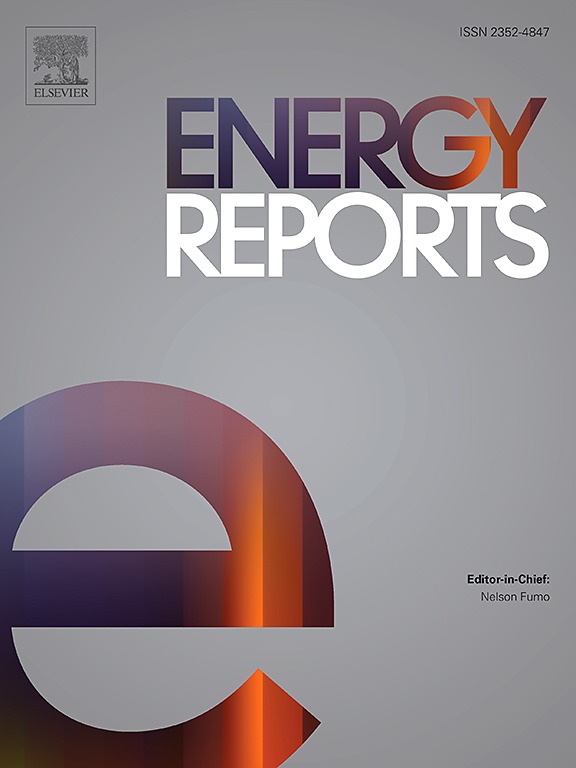Piezoelectric energy harvesting in agricultural machinery: Impact of PZT configurations and rectification techniques on power generation
IF 4.7
3区 工程技术
Q2 ENERGY & FUELS
引用次数: 0
Abstract
This research extensively characterizes piezoelectric materials, specifically PZT (lead zirconate titanate) tablets, for energy harvesting in agricultural machinery. The study investigates various configurations series, parallel, and hybrid arrangements (series/parallel and parallel/series) of PZT tablets integrated into a mass-spring system to optimize energy harvesting efficiency. In addition, two energy conditioning systems were explored: full-wave rectification and commercial modules, with a detailed evaluation of their impact on system performance. The energy harvesting setup included a platform with 25 PZT pellets on a PLA (polylactic acid) plate. Each PZT tablet was connected to an individual spring, forming a single degree of freedom system to enhance energy capture. Experimental trials with an electromechanical vibrator analyzed voltage, current, and power parameters. Findings revealed that the highest power generation occurred under resonance conditions, irrespective of the specific configuration, rectification approach, or PZT arrangement. The analysis demonstrated that series and hybrid configurations notably increased energy output compared to parallel arrangements. Notably, the most promising configuration involved diode bridge signal rectification combined with a hybrid arrangement of PZT tablets: 5 sets of 5 PZTs interconnected in parallel and then in series. This configuration has significant potential for energy harvesting from mechanical vibrations, with applications extending beyond agricultural machinery to other engineering fields requiring low-cost, efficient energy solutions. This research contributes crucial insights into the use of piezoelectric materials, addressing limitations in previous studies by providing a comprehensive analysis of PZT configurations and diode bridge signal rectification methods. The findings emphasize practical applications and advancements in sustainable energy harvesting, highlighting the potential for broader impact across various domains.
求助全文
约1分钟内获得全文
求助全文
来源期刊

Energy Reports
Energy-General Energy
CiteScore
8.20
自引率
13.50%
发文量
2608
审稿时长
38 days
期刊介绍:
Energy Reports is a new online multidisciplinary open access journal which focuses on publishing new research in the area of Energy with a rapid review and publication time. Energy Reports will be open to direct submissions and also to submissions from other Elsevier Energy journals, whose Editors have determined that Energy Reports would be a better fit.
 求助内容:
求助内容: 应助结果提醒方式:
应助结果提醒方式:


